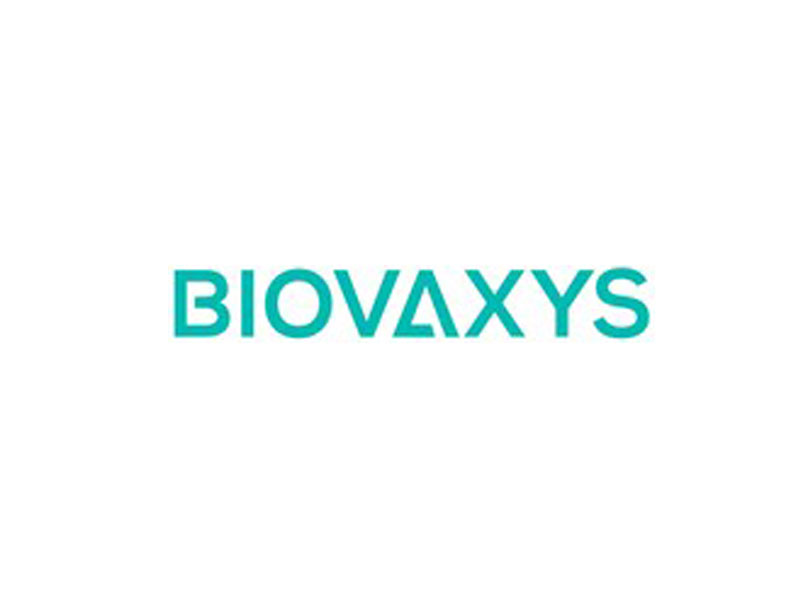BioVaxys Technology Corp, a clinical-stage biopharmaceutical company developing a portfolio of immune-educating therapies based on its novel DPX™ platform, has officially signed a Letter of Intent with AP Visionaries, Inc. to co-develop a proprietary DPX™ formulation. According to certain reports, this particular formulation will try and address urgent need for a therapy to treat or alleviate the potentially life-threatening risk of certain food allergies, namely those triggered by exposure to peanut/tree nuts or eggs. Before we get any further into this development, we must acknowledge how allergic reaction provoked by peanuts is an Immunoglobulin E (“IgE”)-mediated type I hypersensitivity reaction. Once the exposure is established, peanut-specific IgE antibodies bind to high-affinity receptors on mast cells and basophils, triggering the release of histamine and other mediator substances from mast cells. On top of that, histamine also tends to induce vasodilation of arterioles and constriction of bronchioles in the lungs. This then births a set of symptoms, such as angioedema, facial swelling, rhinitis, vomiting, diarrhea, acute abdominal pain, exacerbation of atopic eczema, asthma, anaphylaxis, and cardiac arrest. Now, given the fact that peanut allergy reaction requires allergen crosslinking of IgE molecules on the surface of granulocytes, both BioVaxys and AP Visionaries deem current DPX™ + peanut antigen formulation as incapable of mounting an anaphylactic response. Hence, under the given terms, BioVaxys will provide funding for the study to AP Visionaries, which in turn, will leverage its collaboration with SAIRI to assess robustness of DPX™ protection across animal models. Not just that, the companies will also evaluate whether DPX™ transforms the underlying immunopathology of food allergy. Markedly enough, a component of SAIRI’s role will also include allergic mice challenged with DPX™ + antigen formulation, a scenario where both clinical and immunological outcomes are going to be measured for a comparison with whole allergen challenge.
“Our ability to tackle this unmet medical need is directly attributable to the immune educating capability and highly flexible antigen loading capacity of our DPX™ platform. With the DPX™ platform already the backbone of multiple BioVaxys clinical programs in oncology and infectious disease, we see a staggering opportunity for continued expansion into other novel DPX-formulations with polynucleotides, peptides, proteins, virus-like articles, and small molecules.”
To understand the real importance of such a development, we must understand that peanut/tree nut allergy is currently recognized as one of the most severe food allergies due to its prevalence, persistency, and potential severity of allergic reaction. In fact, if we go by Grand View Research’s word, the global peanut allergy treatment market size is expected to reach USD 1.01 billion by 2030, indicating CAGR of 11.82% from 2024 to 2030. At present, peanut allergies affect more than 1.2% of the overall US population and about 2.5% of the pediatric population. More on the latter would reveal how they are the leading cause of allergy-related death in children. Making matters worse would be the nearly ubiquitous presence of peanut-related molecules in many foods that make accidental reactions almost impossible to avoid. This is why several studies have found the rate of that as high as 37% over 5 years in 1 cohort and 75% over 14 years.
There is also attached an astronomical costs attached to the condition of a food allergy. You see, according to a 2012 survey done on parents of 1643 children with a food allergy (28.7% to peanuts), the economic cost of any food allergy in US children stands at $24.8 billion annually, or $4184 per child. This involves $4.3 billion in direct medical costs. Further breakdown of costs will also reveal that hospitalizations currently account for $1.9 billion per year, followed by outpatient visits to allergists ($819 million), emergency department (ED) visits ($764 million), and pediatrician visits ($543 million). Also, despite the fact that nearly all the children (88.9%) in this group had health insurance, parents still encountered $5.5 billion in out-of-pocket costs from co-payments and deductibles, special diets their children needed, and childcare costs related to the allergy.


